It goes without saying that insulation can turn a neglected basement into a comfortable living space. Whether you’re planning on transforming your basement into a fitness room, a home theater, or a play zone for your kids, insulation can really make it possible. However, this doesn’t mean going for just about any insulating material you can find on the market. It’s important to bear in mind that basements are naturally damp environments, and only certain types of insulation can be suitable. These typically include rigid foam boards, spray foam, as well as mineral wool sheets. Not only will insulating your crawling space turn it into a habitable and functional area, but it can also considerably enhance the comfort of the rooms above.
Why Is It Important to Insulate Your Basement Walls?
Having your basement walls insulated is important and beneficial for several good reasons. These include conserving energy, cutting expenses, and boosting comfort. In certain regions, basement wall insulation is even required by law. In any case, it should be considered a priority for homeowners — and a handful of reasons explain why.
Energy Efficiency
It is commonly believed that insulating either the basement floor or the ceiling should be enough. However, it actually isn’t a very effective way to keep the space insulated. It may come as a surprise that a basement is connected to living spaces in more ways than one might assume.
Much of the indoor air around you that you breathe every day actually makes its way to the main floor from the basement. Naturally, that air carries the temperatures you’d find in the basement, and since that space is mostly underground, it’s normally cooler than other rooms in the house. Adding insulation to the basement walls effectively guards your living spaces against the underground cold. This allows your HVAC to run more efficiently, thereby reducing your energy usage.
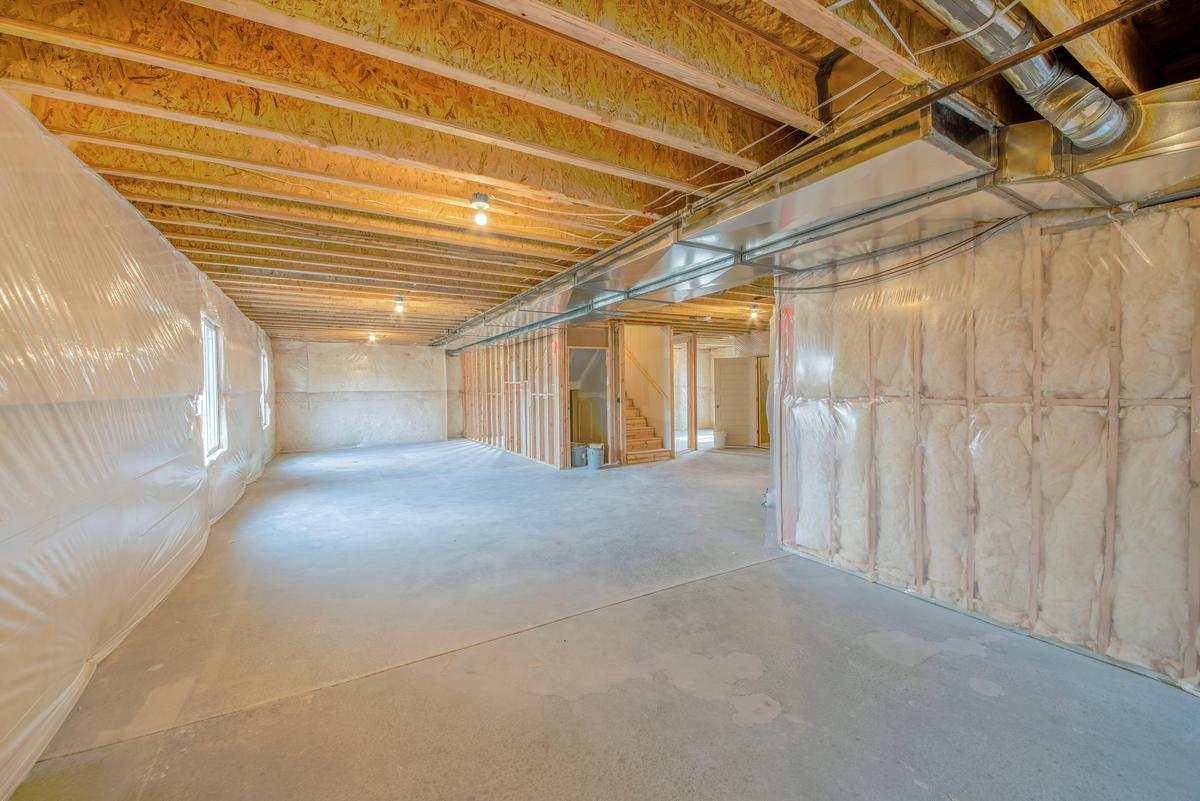

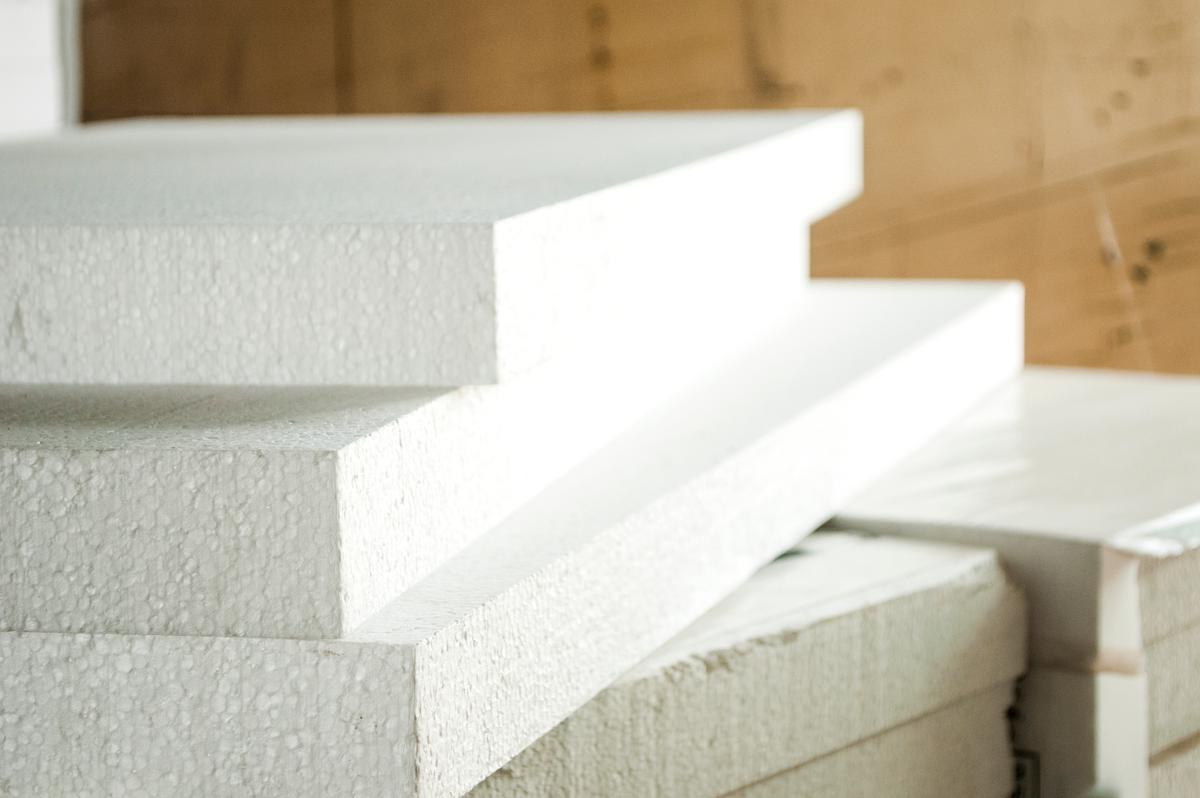

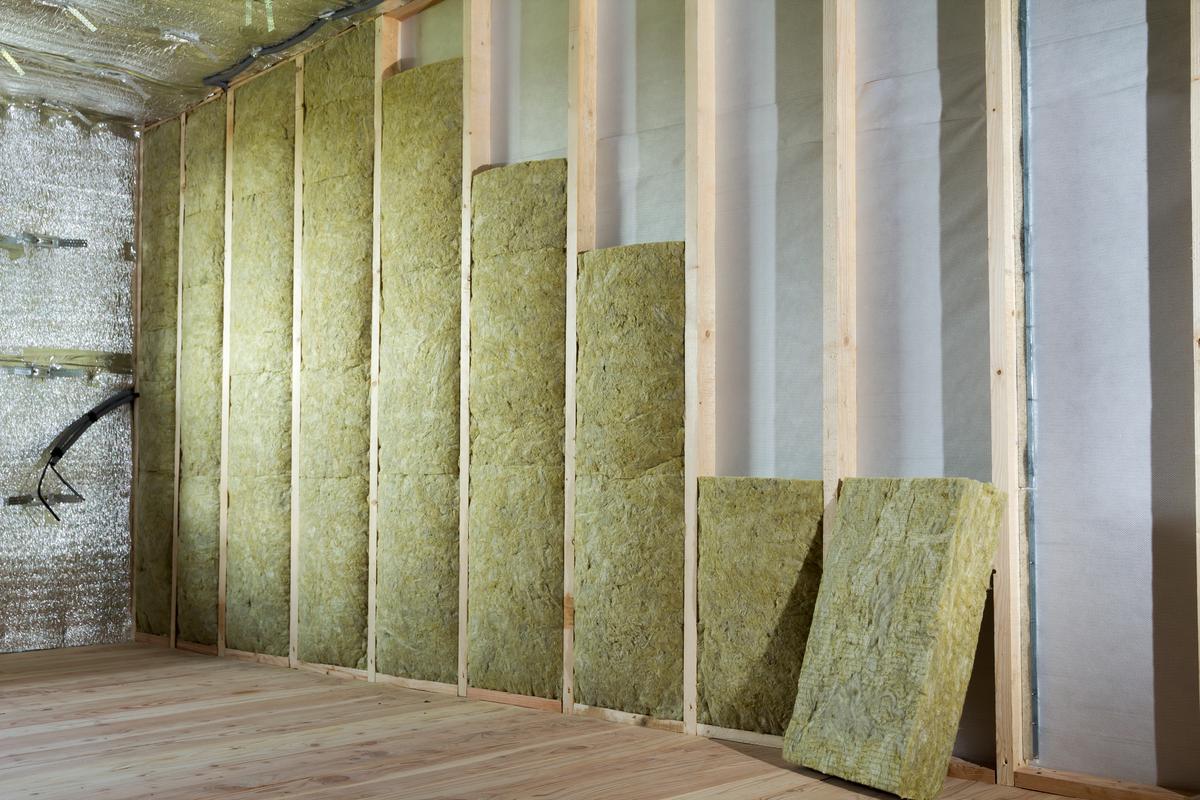
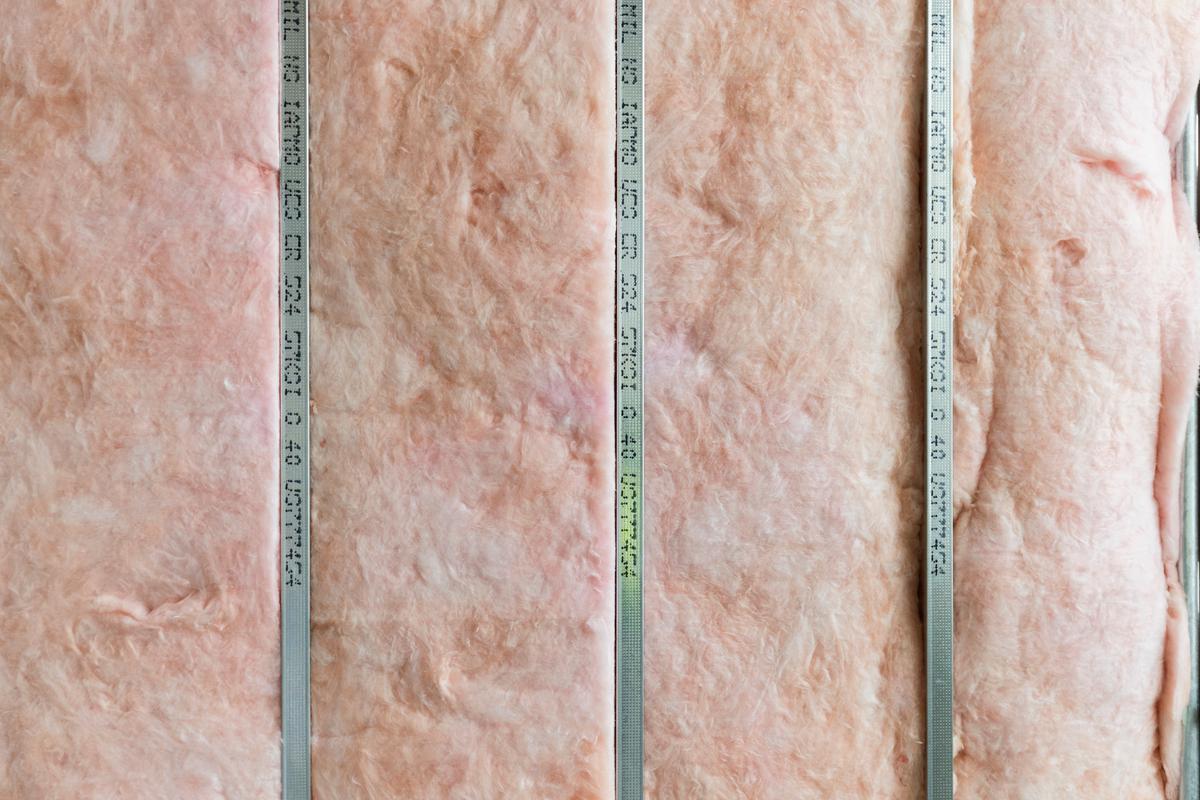
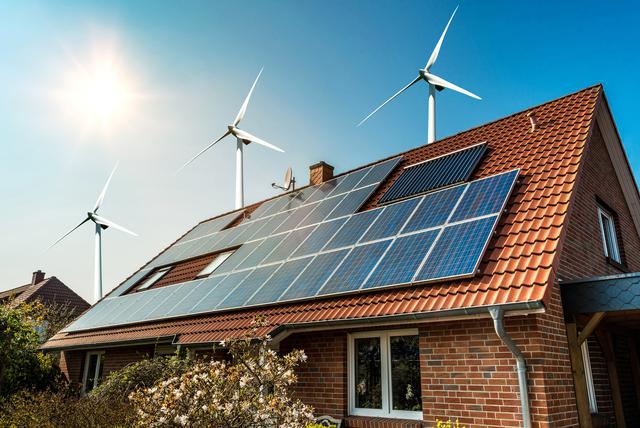
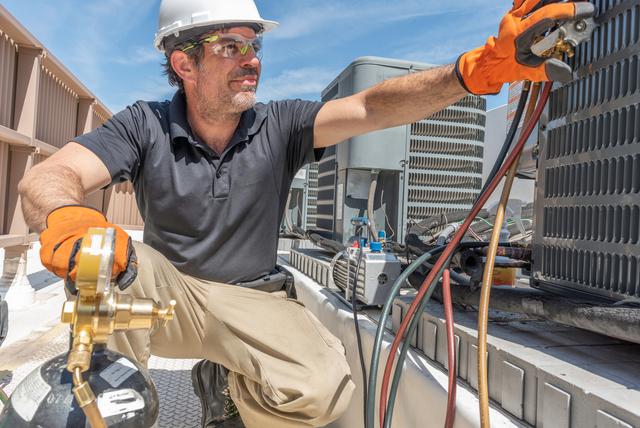
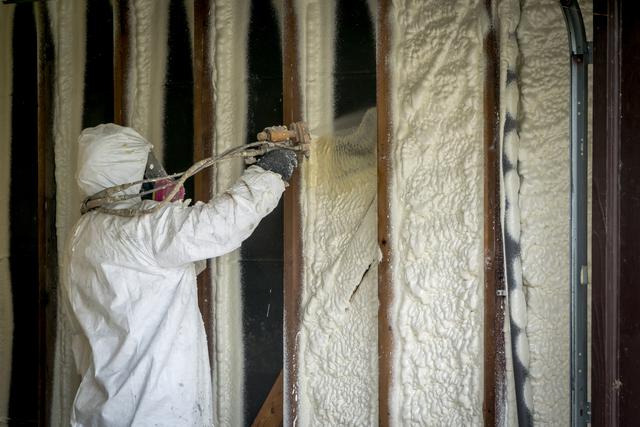
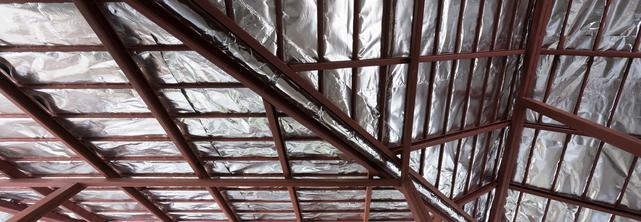
comments